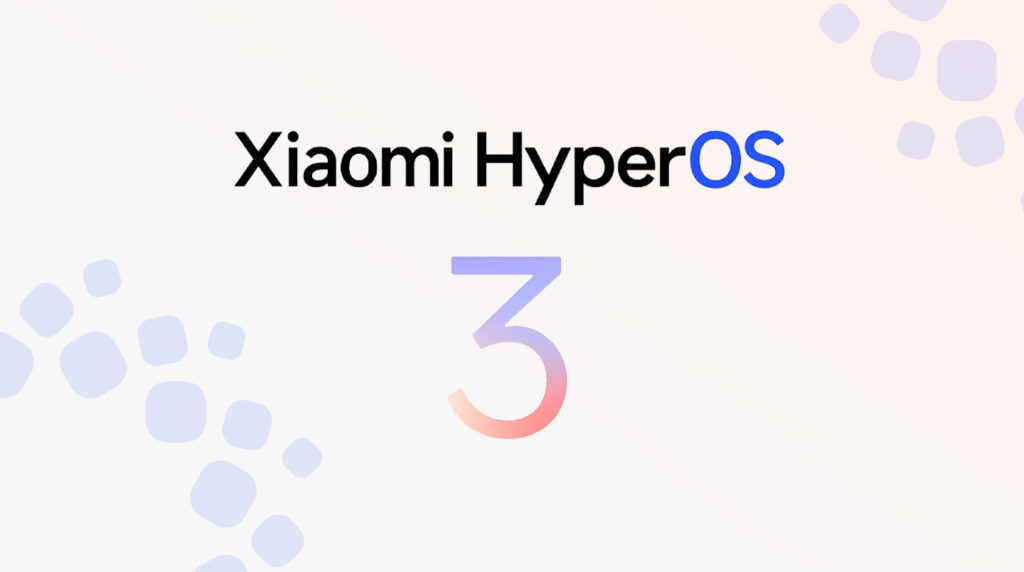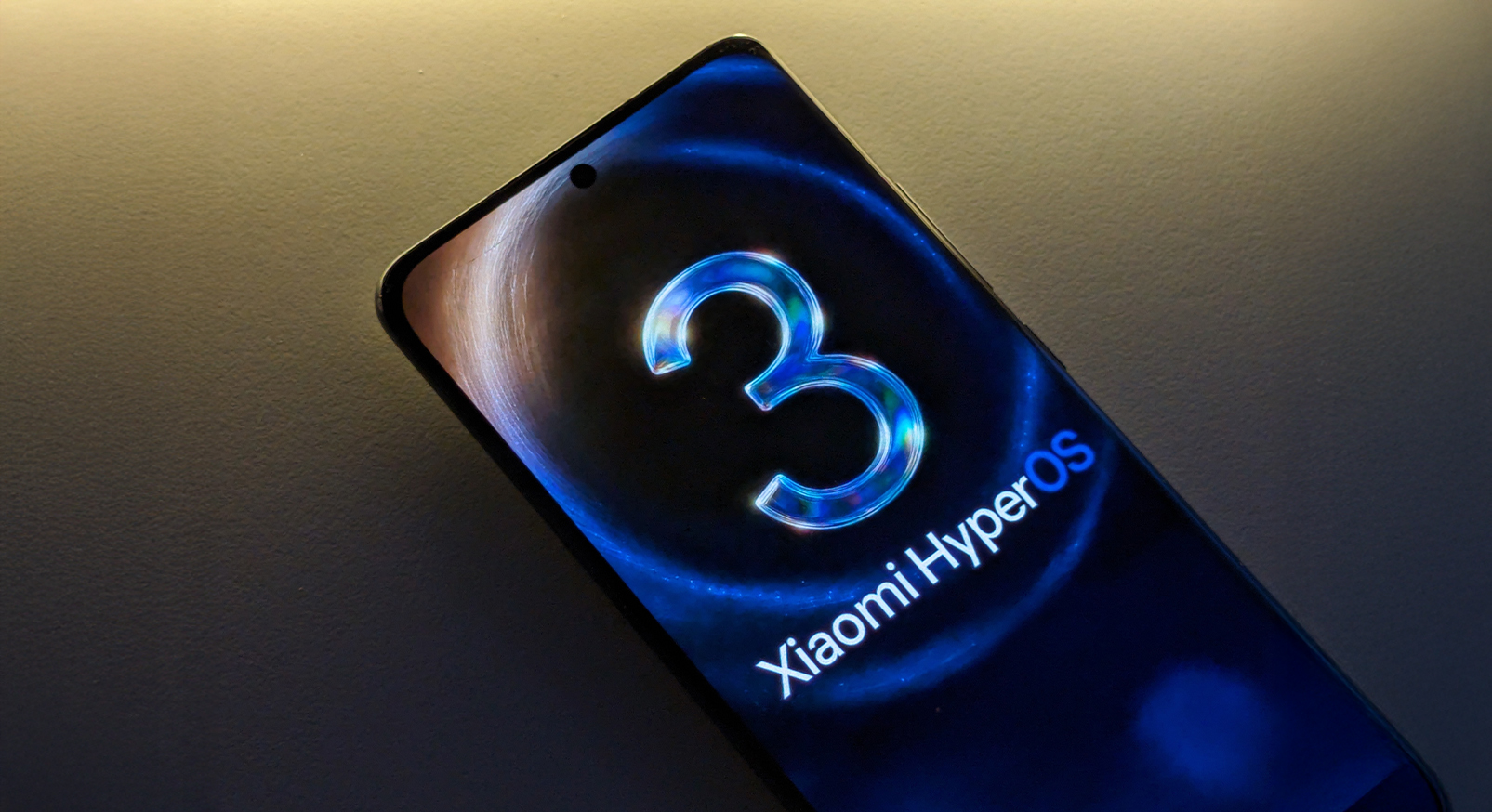A Major Step Towards Stability
The term “Stable Beta” signifies that Xiaomi’s developers have finalized the core features of HyperOS 3.0 and are now focusing on squashing the last remaining bugs and optimizing system performance. Unlike previous beta releases which could be considered developer previews, this version is much closer to the final product that millions will soon use. It represents the culmination of months of development and internal testing, polished for a broader, yet still limited, audience before the final public launch. This phase is crucial for gathering feedback on performance and reliability in real-world scenarios.
Devices Receiving the First HyperOS 3.0 Builds
The initial rollout is exclusively for unreleased flagship models, providing the final software needed for their launch. The specific builds are targeted for the Chinese market and confirm the device codenames.
Here is a complete list of the devices and their corresponding HyperOS 3.0 Stable Beta versions:
- Xiaomi 15: OS3.0.1.1.WOCCNXM
- Xiaomi 15 Pro: OS3.0.1.1.WOBCNXM
- Xiaomi 15S Pro: OS3.0.3.1.WODCNXM
- Xiaomi 15 Ultra: OS3.0.1.1.WOACNXM
- Redmi K80 Pro: OS3.0.1.1.WOMCNXM
Important Information for Global Users
It is critical to note that these firmware packages are intended for the Chinese variants of these devices. Global users should not attempt to install these updates unless they have an unlocked bootloader and a thorough understanding of the manual flashing process. Attempting to install this on a global device with a locked bootloader will not work and could cause issues. Furthermore, as per Xiaomi’s release strategy, the Redmi K80 series is sold exclusively in China. The Redmi K80 Pro model is expected to be launched in the global market later under a different name, likely as a new flagship in the POCO or Xiaomi T series.


 Emir Bardakçı
Emir Bardakçı



i have Redmi note 14 pro and according to some rumors globally we can’t receive one of the most important feature of hyper os 3 that is hyper island
is it true or mid range devices like Redmi note 14 pro will get the hyper island in global release